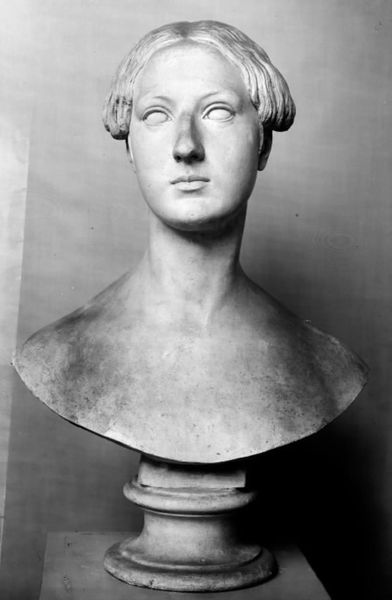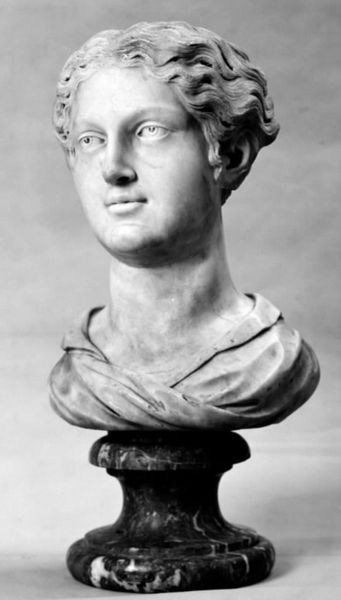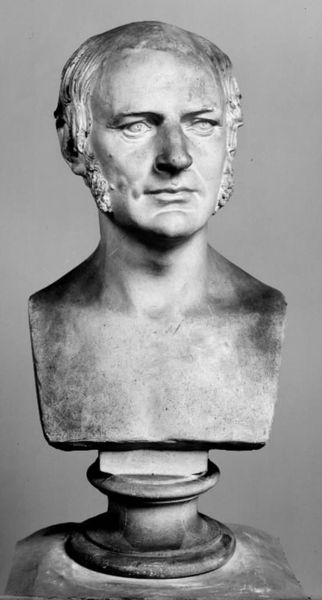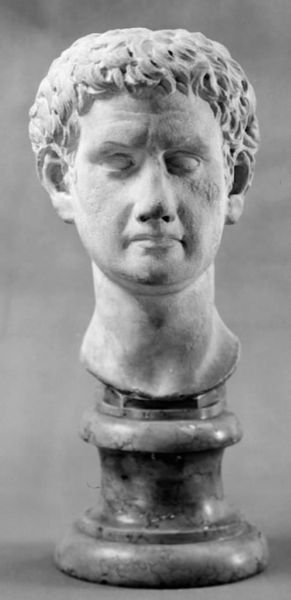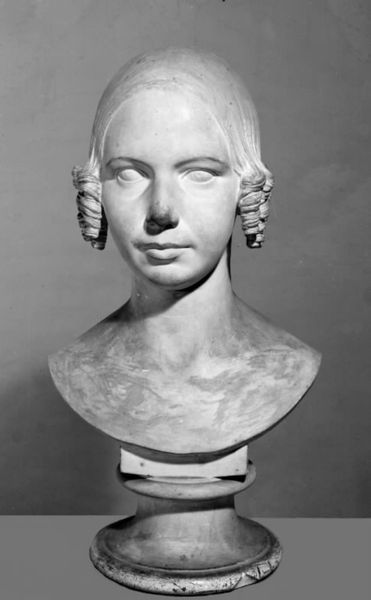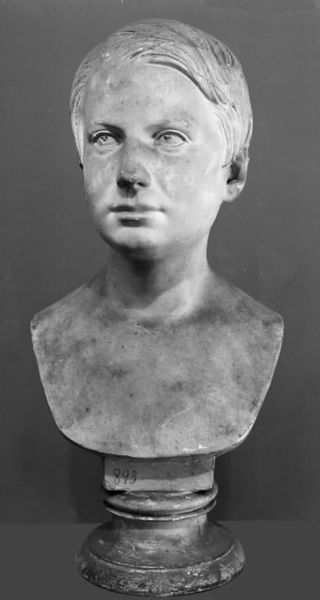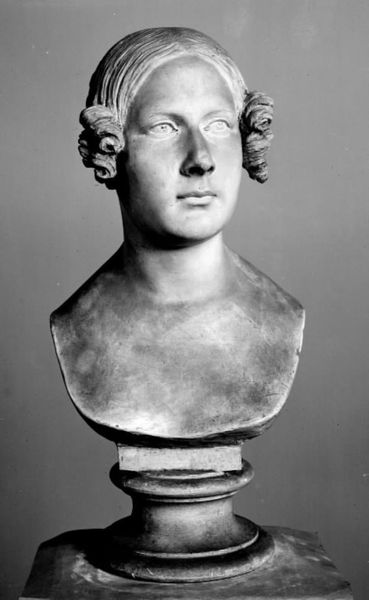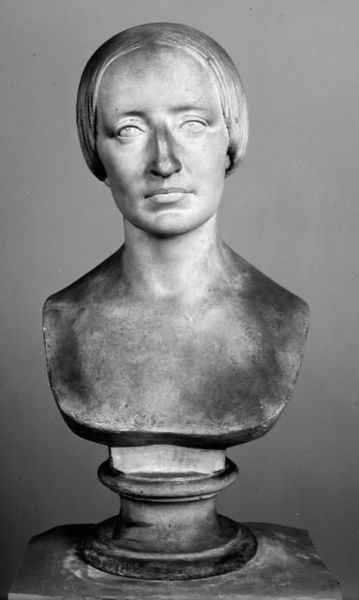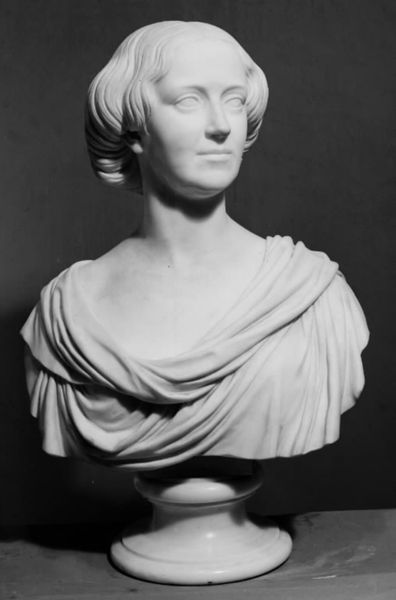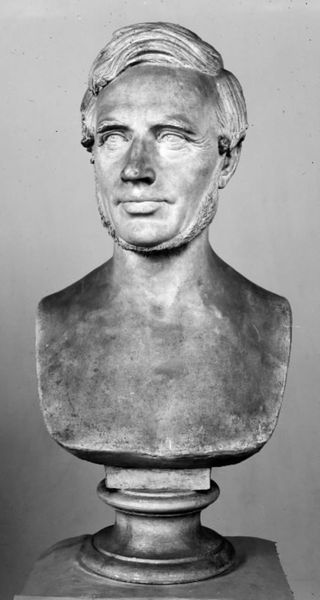
painting
#
portrait
#
neoclacissism
#
head
#
portrait image
#
portrait
#
painting
#
male portrait
#
portrait reference
#
portrait head and shoulder
#
portrait drawing
#
facial portrait
#
academic-art
#
lady
#
forehead
#
portrait art
#
female-portraits
#
fine art portrait
#
digital portrait
Copyright: Public domain
Curator: Before us, we have "Portrait of a Roman Woman," by Jean-Léon Gérôme. Editor: It strikes me as…stark. The monochrome palette amplifies her severe gaze. Very direct. What draws you to this particular composition? Curator: Gérôme’s rigorous, almost academic, handling of form. Look at the economy of line, the smooth modulation of tone to create a sense of volume, particularly in the face. There's a definite nod to Neoclassical ideals. Editor: Absolutely. You can see the influence in the idealized features and the stoic expression. But who was she? What statement was Gérôme making through this austere portrayal of Roman womanhood? Curator: That’s the question, isn't it? It moves past specific representation. Instead, it appears as a symbol—an exemplar of classical virtues like strength and composure in the face of circumstance. The lack of overt adornment lends her an almost allegorical quality. Editor: And what about this stark presentation of power? To me it's compelling in its time and it would be worthwhile considering its presence in our collection. The work seems rooted not only in the classical aesthetic but, also perhaps, in anxieties concerning class and power during Gérôme’s lifetime. How else to position his subject so emphatically within an idealized past? Curator: The handling of the surface contributes heavily to this sense of immutability, actually. Observe how tightly controlled and uniform the paint application appears. Very little textural variation, practically negating the artist’s hand in its execution. It contributes to this sense of detachment and authority that resonates throughout the piece. Editor: A controlled detachment, indeed. I find myself left pondering its historical resonance, the painting's relationship to the societal notions of its age. Thank you for revealing it through an exploration of its stylistic details. Curator: And thank you for broadening my focus to include its historical context, its place within the continuum of artistic output of its age.
Comments
No comments
Be the first to comment and join the conversation on the ultimate creative platform.
